Two Component System In Bacteria
Two component system in bacteria. Such systems are found within all kingdoms of life and more than 500 two component signal transduction systems have been identified. An inner membrane-spanning histidine kinase and a cytoplasmic response regulator. The presence of the outer membrane in gram-negative bacteria and the location of the SK in the inner membrane means that all the ligands for the SK must be able to penetrate into the periplasm.
They play essential roles in signaling events in bacteria such as cell-cell communication adaptation to environments and pathogenesis in the case of pathogens. It comprises a pair of at least two proteins namely the sensor kinase and the response regulator. Due to their absence in humans and other mammals TCS proteins are considered potential targets for developing new antibiotics.
What are bacterial two component regulatory systems. The presence of the outer membrane in gram-negative bacteria and the location of the SK in the inner membrane means that all the ligands for the SK must be able to penetrate into the periplasm. Two-component systems TCS are ubiquitous among bacteria.
Two-component systems including histidine protein kinases represent the primary signal transduction paradigm in prokaryotic organisms. Two-component regulatory systems are a common mechanism whereby bacteria can sense a range of stimuli and make an appropriate adaptive response. Two-component regulatory systems TCSs are a major mechanism by which bacteria sense and respond to changes in their environment.
In their most basic form two-component systems are comprised of two proteins. Two-component regulatory systems TCRS are important mediators of signal transduction that enable bacteria to detect physical andor chemical changes and then relay this signal through the cytoplasm to the bacterial nucleoid where modulation of gene expression occurs. They play essential roles in signaling events in bacteria such as cell-cell communication adaptation to environments and pathogenesis in the case of pathogens.
Encontre diversos livros escritos por Gross Roy Beier Dagmar com ótimos preços. Intramembrane-sensing Histidine Kinases and Accessory Membrane Proteins. Bacteria adapt to changes in their environment using a mechanism known as the two-component regulatory system TCS also called two-component signal transduction system or two-component system.
Compre online Two-Component Systems in Bacteria de Gross Roy Beier Dagmar na Amazon. Cell Cycle and Developmental Regulation By Two-component Signaling Proteins in Caulobacter crescentus.
The presence of the outer membrane in gram-negative bacteria and the location of the SK in the inner membrane means that all the ligands for the SK must be able to penetrate into the periplasm.
In Gram-negative bacteria two-component systems have been identified that regulate critical functions such as biofilm formation and virulence Pruss 2017. What are bacterial two component regulatory systems. They play essential roles in signaling events in bacteria such as cell-cell communication adaptation to environments and pathogenesis in the case of pathogens. Two-component systems TCS are ubiquitous among bacteria. In their most basic form two-component systems are comprised of two proteins. Two-component systems TCS are ubiquitous among bacteria. In Gram-negative bacteria two-component systems have been identified that regulate critical functions such as biofilm formation and virulence Pruss 2017. Due to their absence in humans and other mammals TCS proteins are considered potential targets for developing new antibiotics. The truncated form of the CpxA sensor kinase protein without its transmembrane domain was able to autophosphorylate and transphosphorylate the CpxR response regulator protein in vitro.
The CpxAR Two-component System Regulates a Complex Envelope Stress Response in Gram Negative Bacteria. Two-component Signaling in the Gram-positive Envelope Stress Response. The CpxAR Two-component System Regulates a Complex Envelope Stress Response in Gram Negative Bacteria. Frete GRÁTIS em milhares de produtos com o Amazon Prime. An inner membrane-spanning histidine kinase and a cytoplasmic response regulator. Intramembrane-sensing Histidine Kinases and Accessory Membrane Proteins. In this study we characterized the CpxRA two-component signal transduction system of the rumen bacterium Mannheimia succiniciproducens.


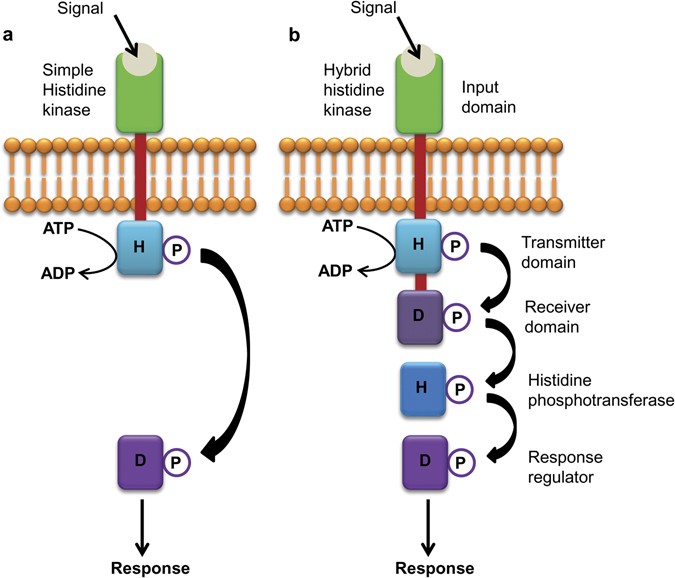






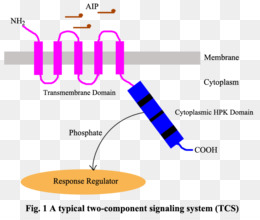

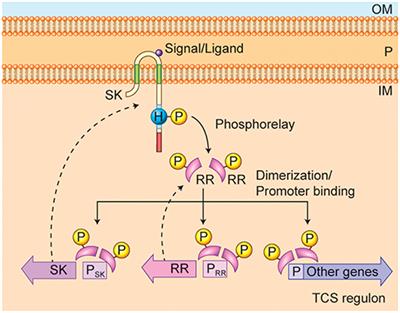




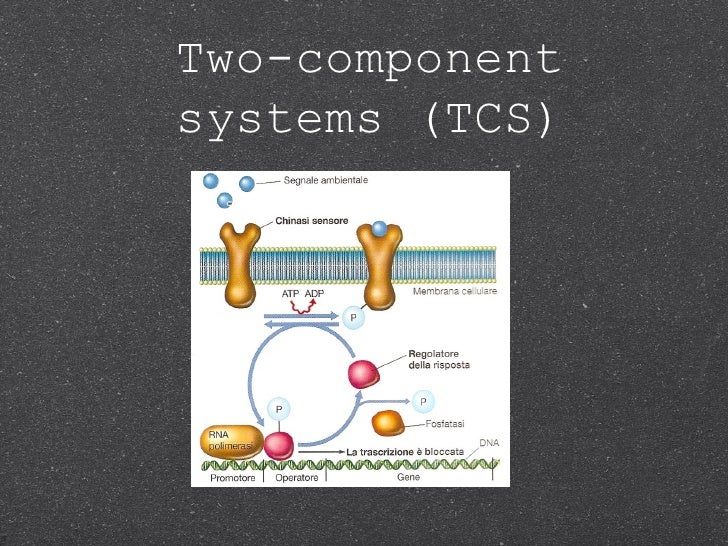
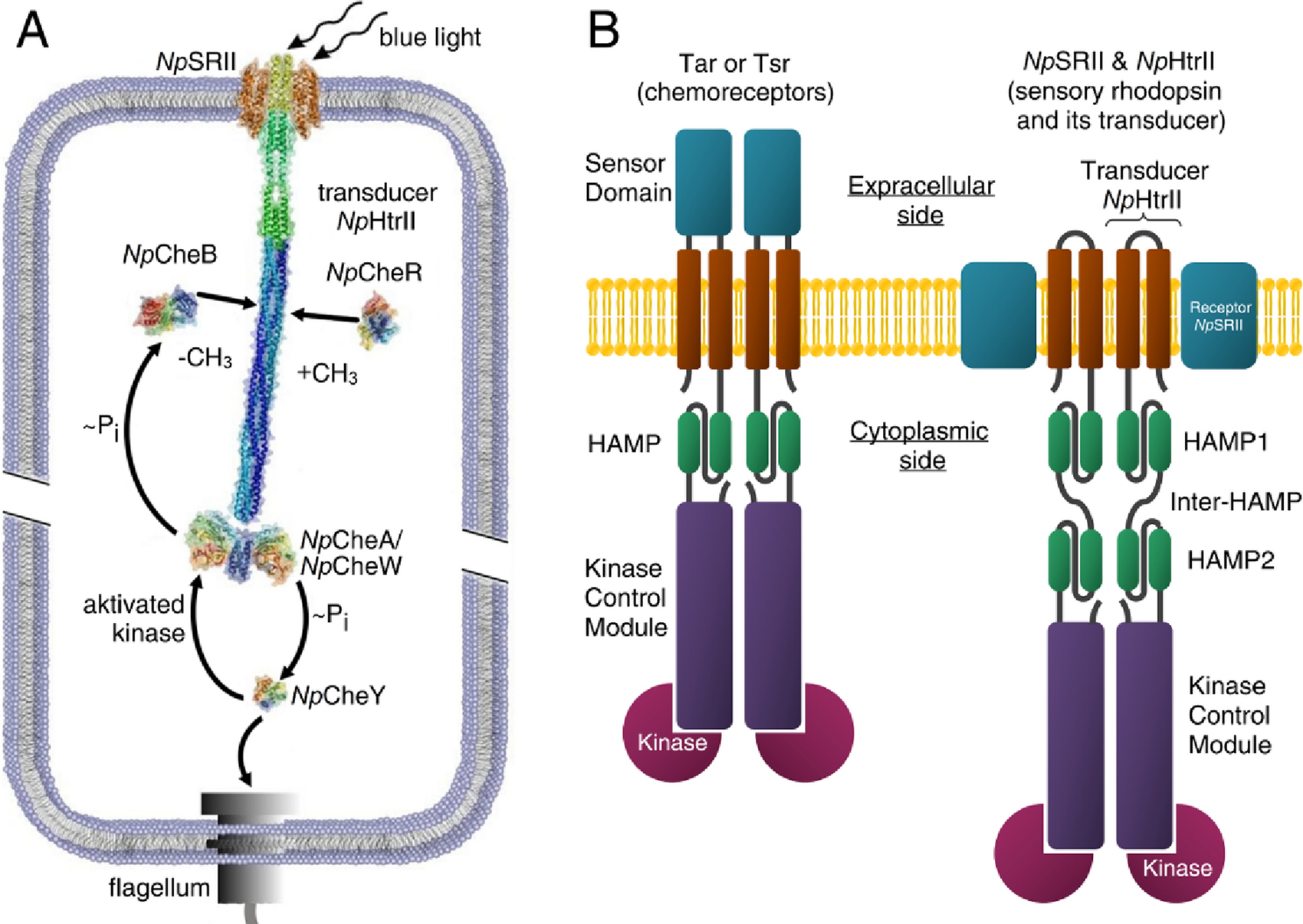

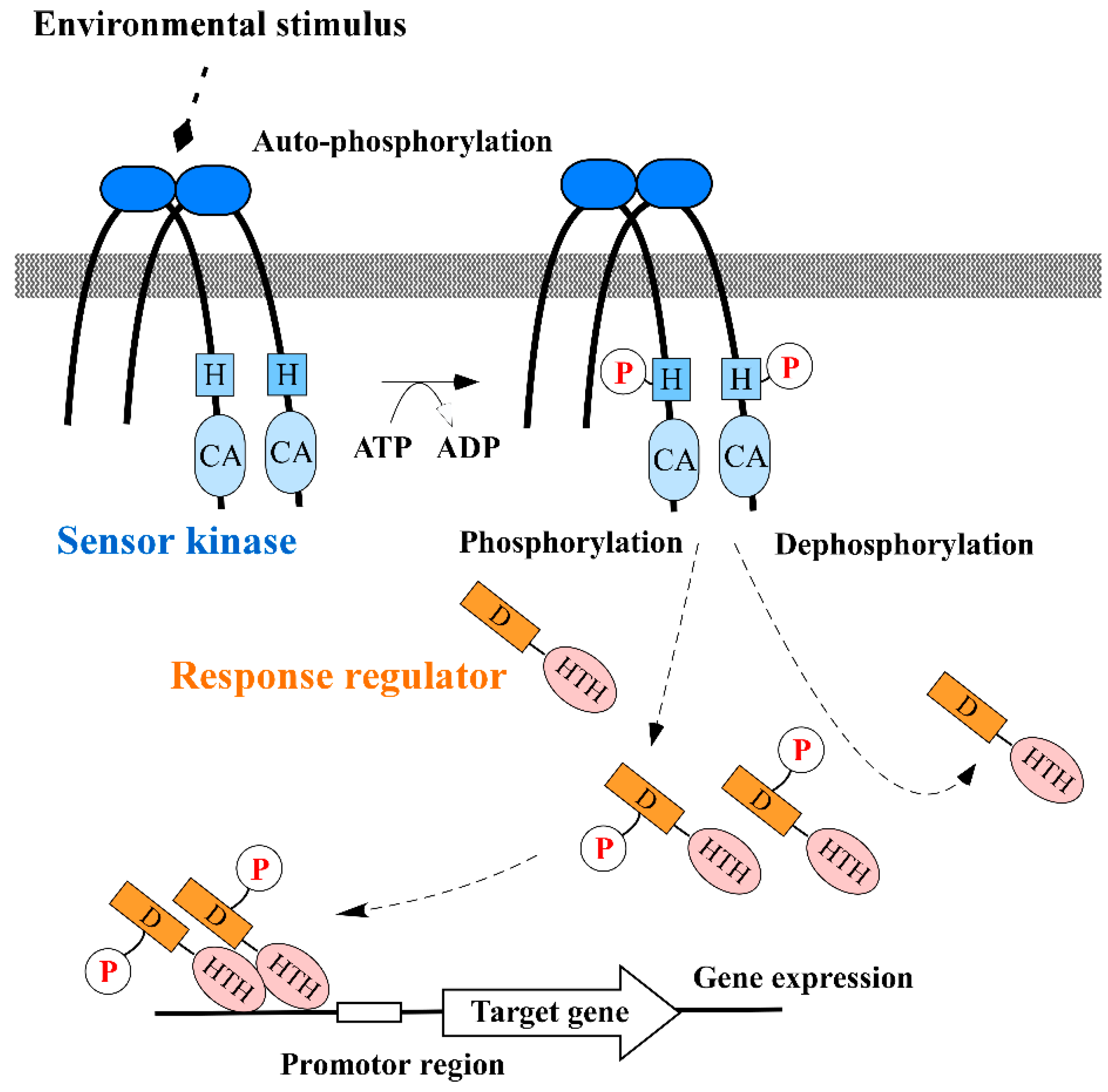


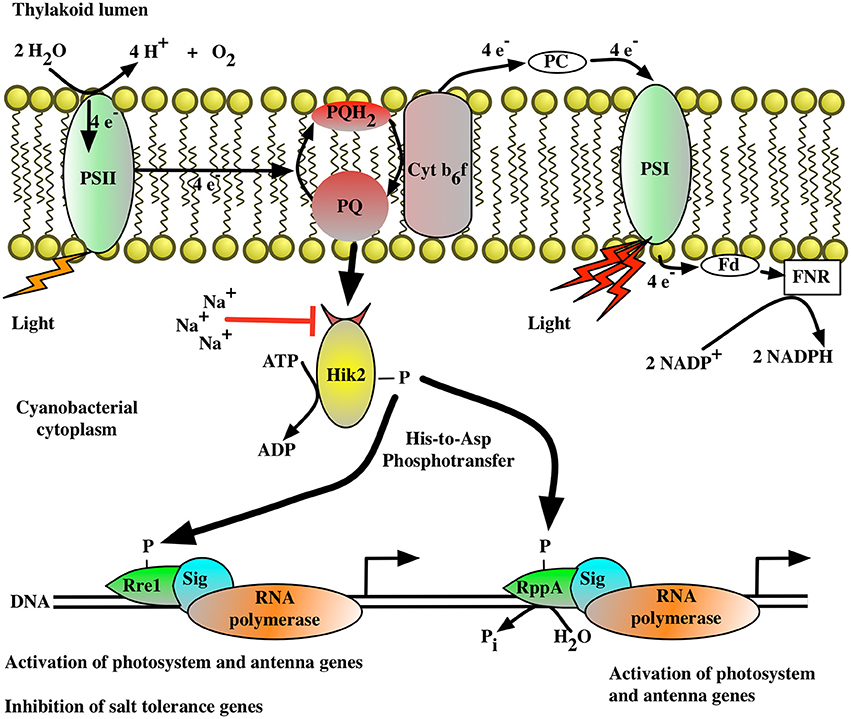











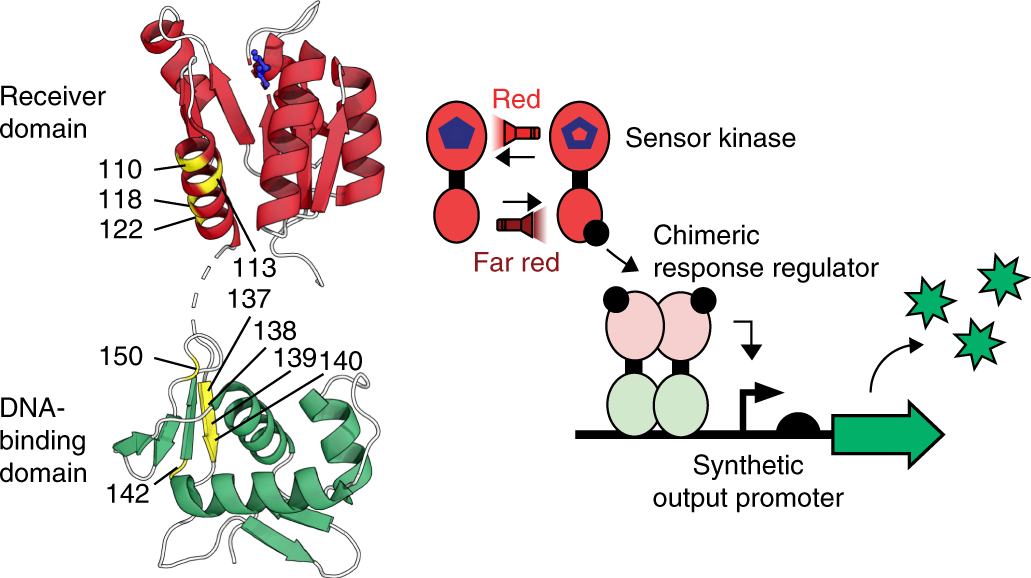










Post a Comment for "Two Component System In Bacteria"